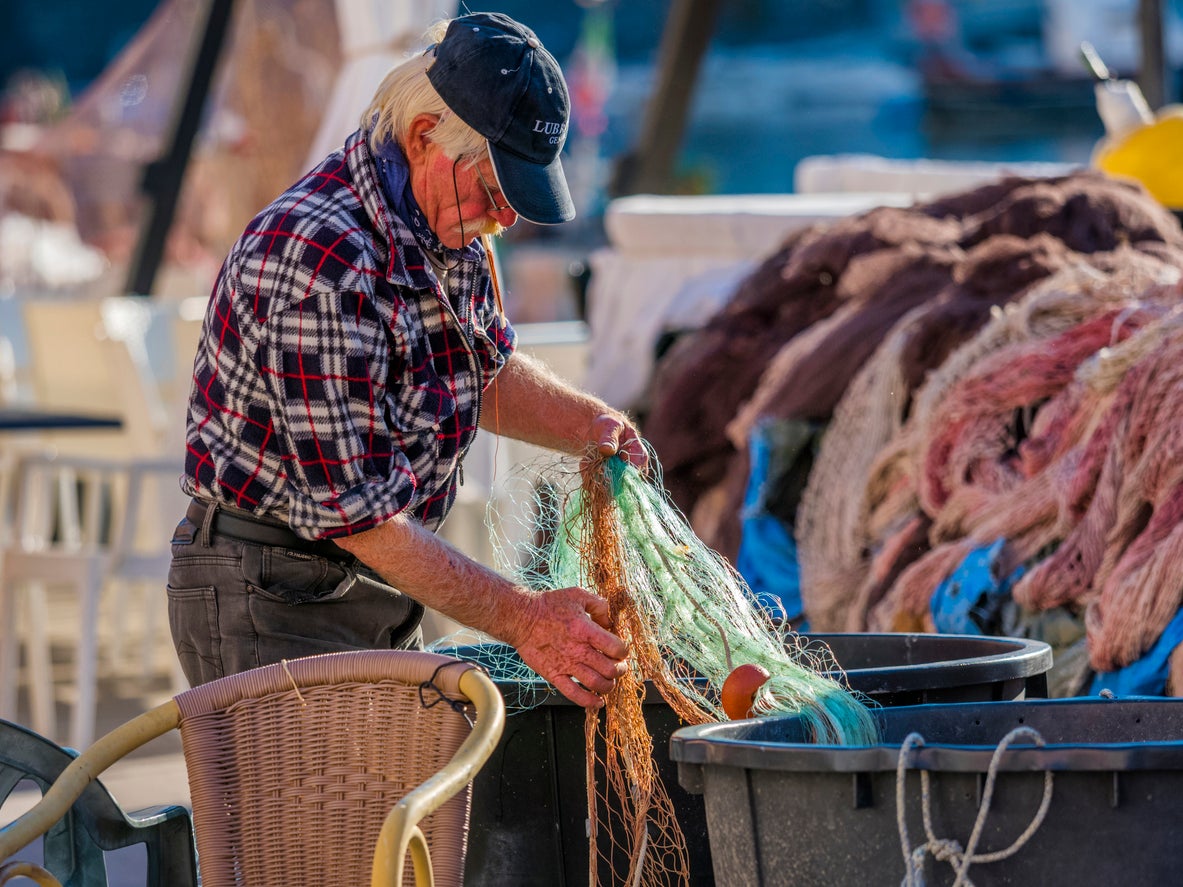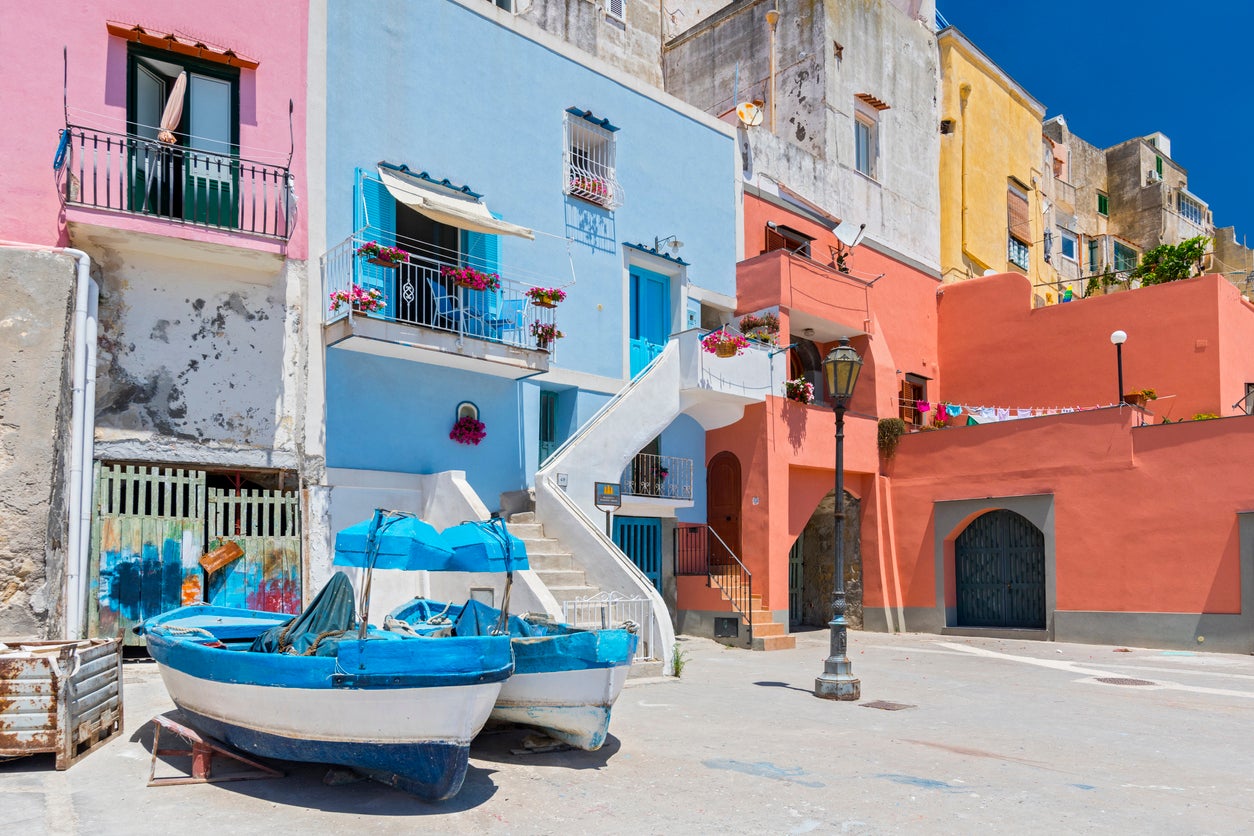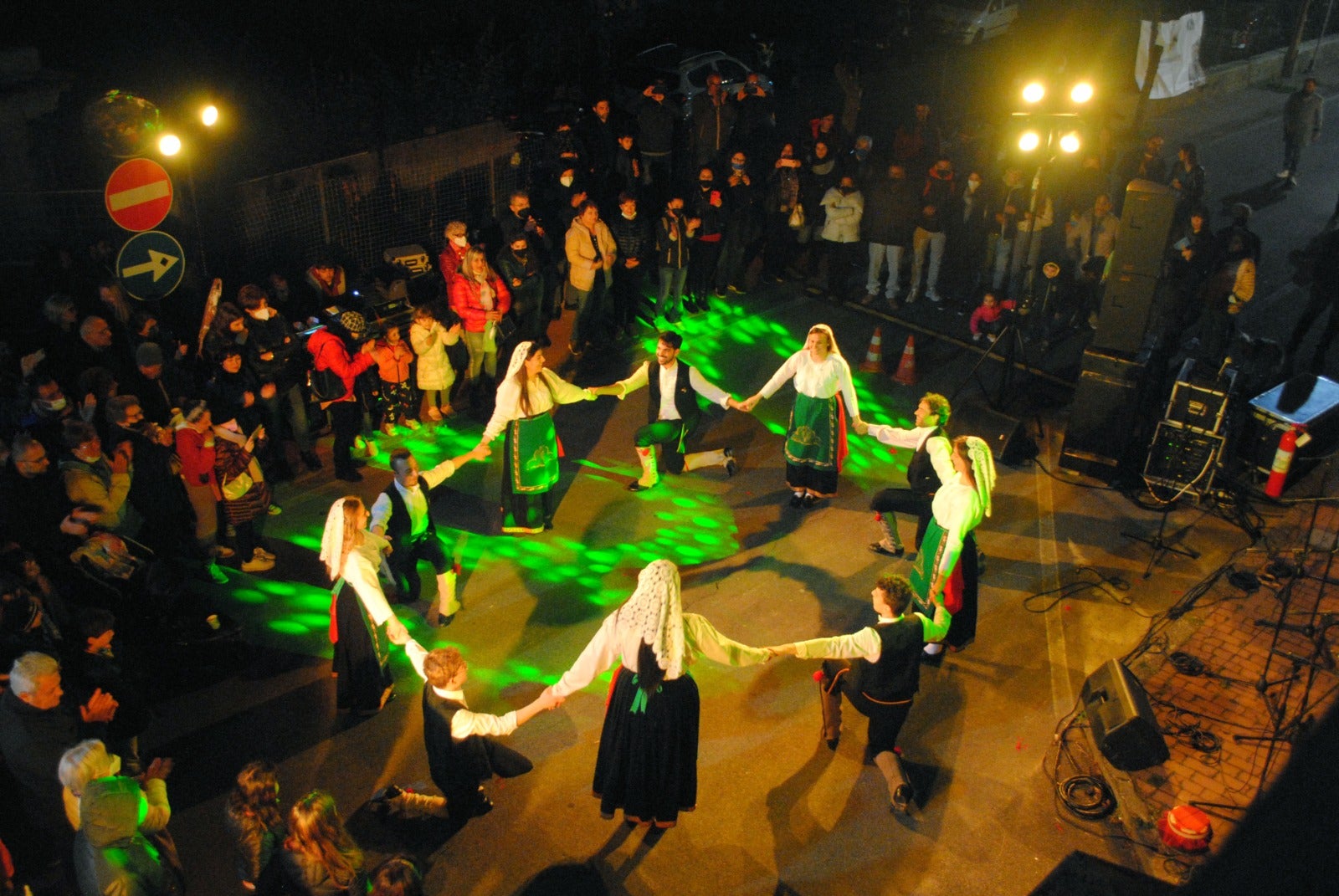How this Italian island hopes to become a blueprint for sustainable tourism
Procida, this year’s Italian Capital of Culture, is approaching things differently when it comes to attracting visitors. Joey Tyson finds out why it will never become a ‘Disneyland’ destination

Your support helps us to tell the story
From reproductive rights to climate change to Big Tech, The Independent is on the ground when the story is developing. Whether it's investigating the financials of Elon Musk's pro-Trump PAC or producing our latest documentary, 'The A Word', which shines a light on the American women fighting for reproductive rights, we know how important it is to parse out the facts from the messaging.
At such a critical moment in US history, we need reporters on the ground. Your donation allows us to keep sending journalists to speak to both sides of the story.
The Independent is trusted by Americans across the entire political spectrum. And unlike many other quality news outlets, we choose not to lock Americans out of our reporting and analysis with paywalls. We believe quality journalism should be available to everyone, paid for by those who can afford it.
Your support makes all the difference.Procida might be Italy’s greatest anomaly. A tiny islet off the coast of Naples, its pastel-painted fisherman’s cottages and quiet bays of black sand have somehow managed to stay off the radar for most tourists.
Unlike other parts of the region, such as Capri or the Amalfi coast, Procida doesn’t depend on tourism for its cash. The maritime industries of fishing and sailing still dominate the local economy. Outside the summer months, when nearby Neapolitans descend on the island to escape the heat of the city, it’s remarkably quiet.
All that could change this year. With Procida named this year’s Italian Capital of Culture – the first island ever to take the crown – increased visitor numbers are a certainty. In a country notorious for overtourism, the rest of Italy will no doubt look on with intrigue. Can this little island, no more than two miles across, find a balance while walking the tightrope between healthy tourism and local life?

According to Agostino Riitano, the man behind Procida’s historic Italian Capital of Culture accolade, it can. Procida 2022 will not become a “Disneyland”, he says.
“We have not planned any marketing campaign to enter the circuits of mass tourism,” he adds, emphasising that preserving the island’s authenticity is vital to the year’s events. “We want to generate a ‘return tourism’. The relationship with Procida does not end with the journey, but stimulates long-term relationships.”
Procida is a living, working place; it’s a beautiful island, no doubt, but the real charm lies in its authenticity
Spend a few days on Procida, and you’ll soon see why the island’s preservation is just as important as its promotion. There’s nothing polished or put on about it. With a population of around 11,000, there’s a genuine sense of community here. Procida is a living, working place; it’s a beautiful island, no doubt, but the real charm lies in its authenticity.
I visit the Procida Sud Festival, a street market and a food festival promoting products from the south of Italy, and one of the first events from the Capital of Culture calendar.
With sustainability in mind, there’s not a piece of plastic in sight. The decision to only host vendors from southern Italy is also an environmental one, explains Antonio Visaggio, a Procidani and the organiser of the festival. The more the south can supply its own food, the less impact production and transport will have on the climate, he explains.
A handful of tourists mix with a mostly local crowd. People stop and chat as they browse the market; there’s a sense of familiarity and, after just a few days on the island, I start to recognise a few faces. Lemon and orange trees line the street. Antonio tells me that the COC is a big win for the island, something that he, and most of the residents, are happy to host.

Later, in Corricella, Procida’s colourful marina, a group of old boys hold court on a couple of benches. Sandwiched between a mountain of trawling nets and the cool April sea, they talk through the day in animated gestures. Cats prowl around the edge of the dock; a handful of children dart around café tables and chairs. It’s a scene of calm and quiet.
It’s hard to picture this place, with its stacked fisherman’s cottages of pink, yellow and blue, overrun with people. At the same time, given its obvious influencer appeal, it’s a wonder it isn’t.
Procida’s three main marinas, Corricella, Porto and Chiaiolella, are connected by high-walled roads. Just like nearby Naples, snarling scooters and small cars rule the roads here. Sometimes the traffic can make walking a little difficult.

Transport is one of the biggest challenges the island must grapple with during its COC stint. Pedestrianising the island would no doubt be great for tourists, but it would hinder locals’ ability to go about their lives. Something that a free, regular bus service looks to rectify.
“One of the important issues is mobility. In 2022, the EAV company has planned four new electric buses for Procida,” says Riitano.
On top of this, non-electric buses have been fitted with a special device to reduce emissions and fuel consumption. Normal services will be increased, with new dedicated lines on tourist routes. The buses will also be free for the majority of the year. Alternatively, a handful of island operators now offer electric bikes – a greener, easier way to zip around Procida.
Tourism must arrive on tiptoe
The cultural calendar will more or less come to a halt between July and August to avoid straining the island during its busiest period. A bold move, considering this is the peak period for European travel; but, as Riitano puts it, for Procida’s calendar to work for everyone, “tourism must arrive on tiptoe”.
“Procida is a fragile ecosystem that must be preserved, and the morphology of the island must be protected from large flows. Its size does not lend itself to large-scale events,” he says.
Travel essentials
Getting there
Trying to fly less?
Travellers can reach Naples from the UK by getting the Eurostar to Paris, changing for a train to Milan or Turin, and staying overnight, before catching a high-speed service to Naples the following day. From there, you can catch a ferry or hydrofoil to Procida.
Fine with flying?
Wizz Air, Ryanair, British Airways and easyJet fly direct from the UK to Naples. From there, you can catch a ferry or hydrofoil to Procida.
Staying there
Rooms at Calacala from £116; calacalaprocida.it
More information
Find out about Procida’s roster of cultural events at visitprocida.com
Join our commenting forum
Join thought-provoking conversations, follow other Independent readers and see their replies
Comments